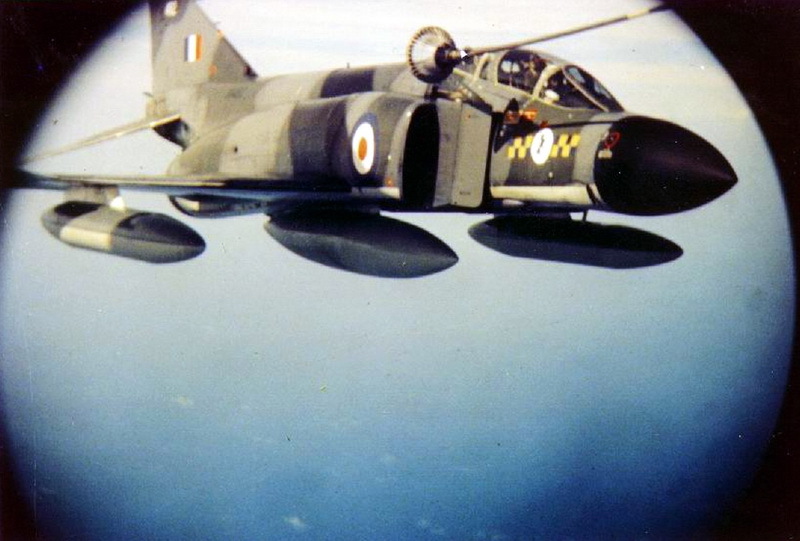Obligatory link: www.aopa.org/News-and-Video/All-News/2008/March/1/Endurance-Test-Circa-1958
Indeed. I’ve oten admired that 172, hanging as she does from the ceiling in the terminal building at McCarran, Las Vegas.
Its there everytime you hit the quote button. You have to overwrite it!
OK… 
It happens if you click the Quote button without having first highlighted the text to be quoted (in the usual way – by swiping it with the cursor).
Does it happen under other circumstances?
Quote [the word “quote” removed from the quote – not sure where that comes from – Peter]
Its there everytime you hit the quote button. You have to overwrite it!
Quote
I thought “If they can do that, maybe you could refuel a Cessna” but didn’t take the idea any further.
Obligatory link: http://www.aopa.org/News-and-Video/All-News/2008/March/1/Endurance-Test-Circa-1958
[the word “quote” removed from the quote – not sure where that comes from – Peter]
The Phantom can refuel all tanks, including the external tanks. Not all types can do that.
Do you believe that these aerial refueling aircraft’s are that much important?
Try reading “Vulcan 607” then you will understand how important they were!
The KC135s were the forerunner of the B707 and some are very old now, a design that dates back to the 1950s
I recall refuelling Lightening Mk 3s which would only take on board between 1500-2500 pounds of fuel that would keep them airborne for 20-30 minutes, Refuelling 4 aircraft would take about 5 minutes each so if you only have one hose the process becomes continuous if the fighters are to have any diversion capability following a probe break or a hose malfunction. The F4 was a little better and could suck the Victor dry!

Even with drop tanks the range of most fighters is very short and to get across the Atlantic they will require several refuels.
Air to air refuelling is much much more efficient than approach/landing/taxi/refuel/taxi/take off/climb into the cruise again. Not only in pure time but also the decent into lower and more dense air, where resistance is higher and the engine efficiency is lower all has to be taken into account.
Apart from that there are obviously few convenient stops between here and the States and when being deployed in more hostile environments there are often few viable options.
That’s what he said. He retired with 36!! after his second ejection with some spine damage.
My former flight instructor was pilot for the German Luftwaffe. They transferred a few planes from Canada and had permanent refuelling going on. After all planes got refuelled, the first was in need of fuel again.
That sounds weird. Ferry range is far greater than combat range. Especially so with drop tanks. Unless they had 25 planes feeding off the same tanker i don’t really see how that could happen.
Several years ago I was flying the narrow corridor of uncontrolled airspace that follows the highway up to Albuquerke NM between the White Sands Missile range and the Sandia nuclear test site (roughly where Mr Branson’s spaceport is now) when ATC said “If you look out on your right side you will shortly see a helicopter refuelling a C-130 at your level, passing abeam one mile, opposite direction”. This got my attention and surely enough, a large single rotor eggbeater emerged with a C-130 dutifully plodding along behind at what seemed to be 150 kt or something. I thought it best not to take photos since they could see the whites of my eyes.
I thought “If they can do that, maybe you could refuel a Cessna” but didn’t take the idea any further. Not sure getting the drougue caught in the prop would help, but they were doing this with 4 props!